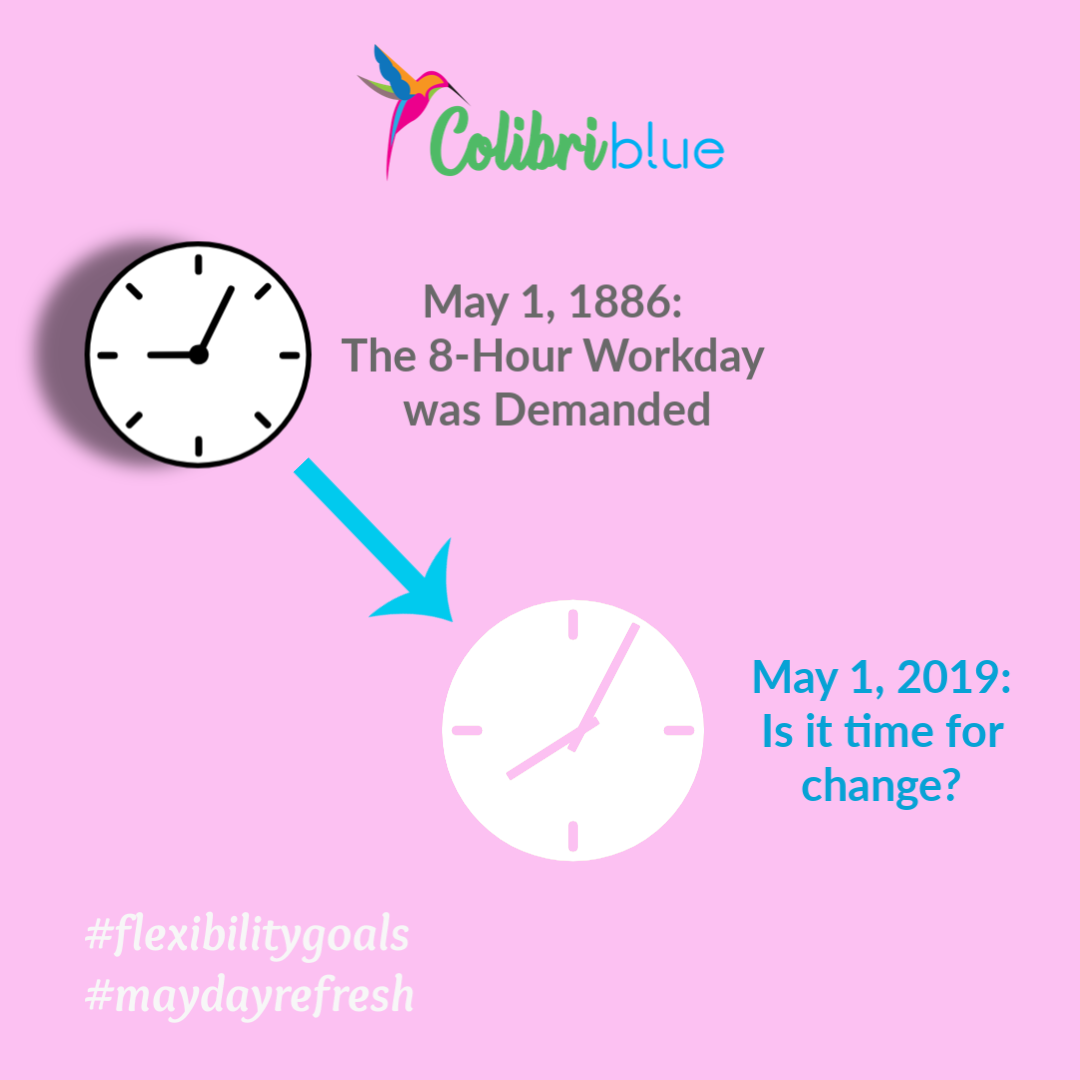This day in 1886, Chicago workers, union representatives and activists united to start the movement for an 8-hour workday. They used public protests and workforce strikes as their voice. Unfortunately, some of those meetings resulted in civil unrest and violent clashes with the local police. Even worse, several individuals (both protesters and police) died over this cause. However, the winds of change had been stirred up, and the new standard was slowly starting to take hold.
1869: Government – President Ulysses Grant establishes an 8-hour workday for government workers only
1906: Printing industry – Two industry giants adopt the 8-hour standard
1916: Railroads – Congress passes the Adamson Act, establishing the 8-hour standard for railroad workers
1938: Fair Labor Standards Act is passed, limiting the work week to 44 hours
1940: Fair Labor Standards Act is amended, limiting the work week to 40 hours
Fast forward 79 years – that 8-hour workday standard still exists for many. However, with the introduction of technology, social media, email, and collaboration tools, today’s workforce may find themselves working more than 8-hours. In fact, many individual opinions indicate that the workday has been dramatically extended: 8-hours in-office time, plus an expectation to answer email and handle tasks outside the office during “off-hours”.
Today’s workforce wants flexibility. They want to manage their schedules: find time for personal activities which take priority but can only occur during the day, while managing work tasks in a more fluid way. Some employers are embracing this shift… adopting a position of trust that empowers their teams to own their schedules, as long as deliverables and timelines are met according to plan. Other employers are a little slower to accept this change; or, the nature of their business may be one that would fail without constant staff coverage (service industries, food & beverage, etc.).
This leads to the question… Is there an opportunity for change?
Perhaps the 8-hour workday should be split in two, introducing a mid-day block of time during which workers can take care of their personal needs. Or… maybe it’s a 6-hour day, which would push us all to work smarter and more efficiently. Yet another option would be to promote full flexibility (you run your schedule completely) and instead rely on the completion of deliverables as indicators of accomplishment – ‘“piece work” anyone? The possibilities are endless!
The most important consideration to always maintain, is that change can be achieved through collaborative interactions. Employers and employees have the chance to unite to define the best way to create and embrace change within their organizations and industries.
Let’s learn from and build upon the initiatives of our ancestors and create a mutually beneficial and more flexible future.





Leave A Comment